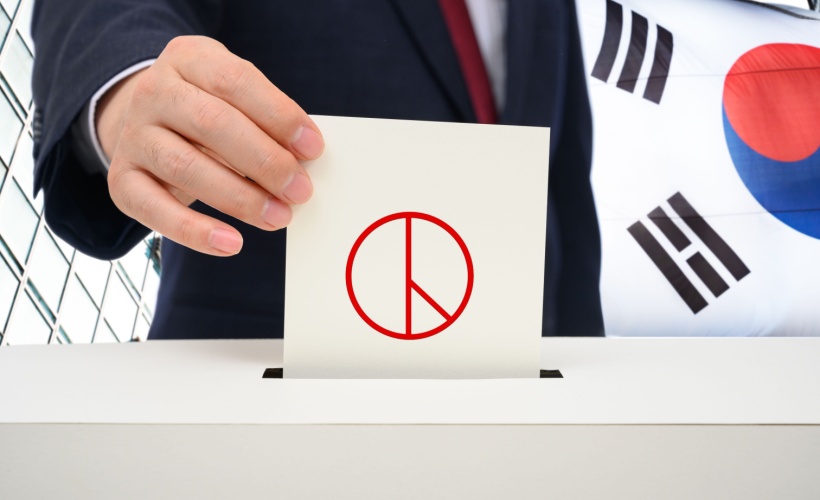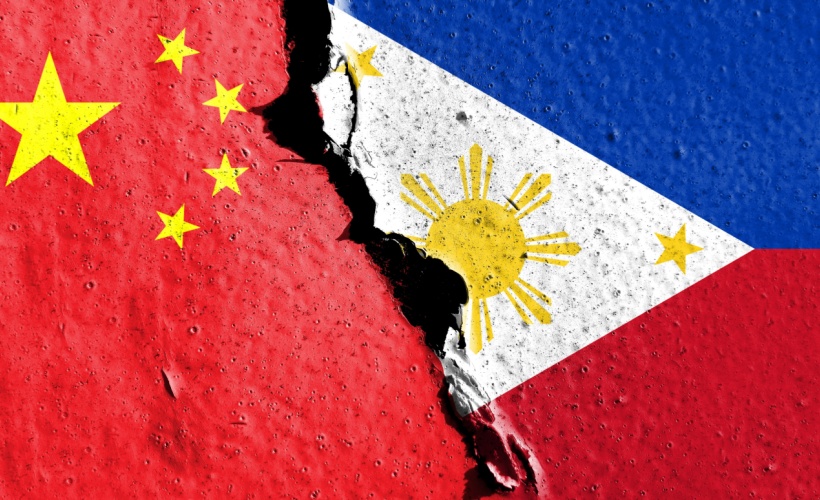By Kun-Chin Lin, former Deputy Director, Centre for Geopolitics
In its first 100 days, the Biden administration has brought a great deal of energy and activities to the Indo-Pacific. Secretary of State Anthony Blinken, Secretary of Defense Lloyd Austin, and US Special Presidential Envoy for Climate John Kerry have canvassed US allies in Asia to clarify American positions on pressing issues and seek cooperation. The administration has maintained crucial continuity with past administrations, mainly in developing foreign and defense policies on the basis of a return to “great power competition” that Ashton Carter spoke of in 2016 and Jim Mattis formalised in the National Defense Strategy of 2018. Early deliverables include upgrading the Space Force, investing in integrating capabilities for multi-domain operations, and putting technology at the centre of competition with China.
Asian powers are looking to Washington DC to clarify two critical and outstanding issues, which will define the value-added of the Biden administration’s stated focus on renewing alliances. First, how the US envisions the optimal order in Asia and the distribution of benefits and costs of maintaining this order. In Foreign Affairs (Sep/Oct 2019), Kurt M. Campbell and Jake Sullivan asked: “What, exactly, is the US competing for? And what might a plausible desired outcome of this competition look like?” Asian states would very much like to see these questions answered, perhaps directly from Campbell and Sullivan who now serve on the National Security Council. Second, they would expect the US to propose for discussion a roadmap with pathways to pool resources and secure political commitment to implement specific coordinated actions that range from managing the pandemic and economic recovery to defending against grey zone and information warfare.
These issues are crucial to establish US credibility and influence in the region. Without a clear vision and a roadmap, any US action to prove “toughness” will be subject to criticisms of unilateralism and destabilising impact. The increasing official and non-official exchanges and military support for Taiwan have drawn typical alarms for the risk of escalation. It would be disappointing if the new administration does not correct past proclivities to impose solutions with little sensitivity and support for the intricate games of hedging that Asian countries have played to preserve some degree of policy autonomy and risk mitigation in face of escalating US-PRC competition. A clearly articulated policy direction would also pre-empt criticisms that resources might be misplaced, or that a certain ally might be unfairly neglected, if the US is able to articulate with cautious confidence steps toward a mutually acceptable regional order.
The “rules-based international order” has gained traction as a widely accepted framing of the convergent calls to actions of American, European, and many Asian policymakers, with little agreement on the substance of the term – except that it stands in contrast to their characterisation of Chinese behaviour as threatening their national interest. There is much work to be done in defining the extant rules for specific issue areas, whether these rules remain desirable and practical, and how new rules would need to be crafted on emerging areas of competition. There are different constellations of powerful non-PRC players for different issues. Japan, India and Australia are space powers. Taiwan, South Korea, and Japan are semiconductor powers. Many Asian countries have proved capable in medical supplies production over the past year, and India was designated the vaccine producer for the region at the Quad meeting in March. Japan and Korea are Observer States in the Arctic Council, and Australia and New Zealand have territorial claims and scientific presence in Antarctica. South Korea and Japan are the world’s second and third largest shipbuilders, while the Philippines and Indonesia supply large numbers of seafarers.
If the US is serious about respecting regional partners’ interests and working in conjunction with their independent capabilities, it could co-initiate a series of “mini-lateral” strategic security dialogues with a focus on deliverables in terms of agreements and joint provisions on specific issue areas. China should be invited to join these dialogues. These overlapping networks and forums would offer individual Asian powers opportunities to maximise their contributions, without locking them into a hard choice of aligning with the US or PRC across all issues. This networked diplomacy may be the Biden administration’s best chance to quickly put up scaffolding for constructing a rules-based regional order.







